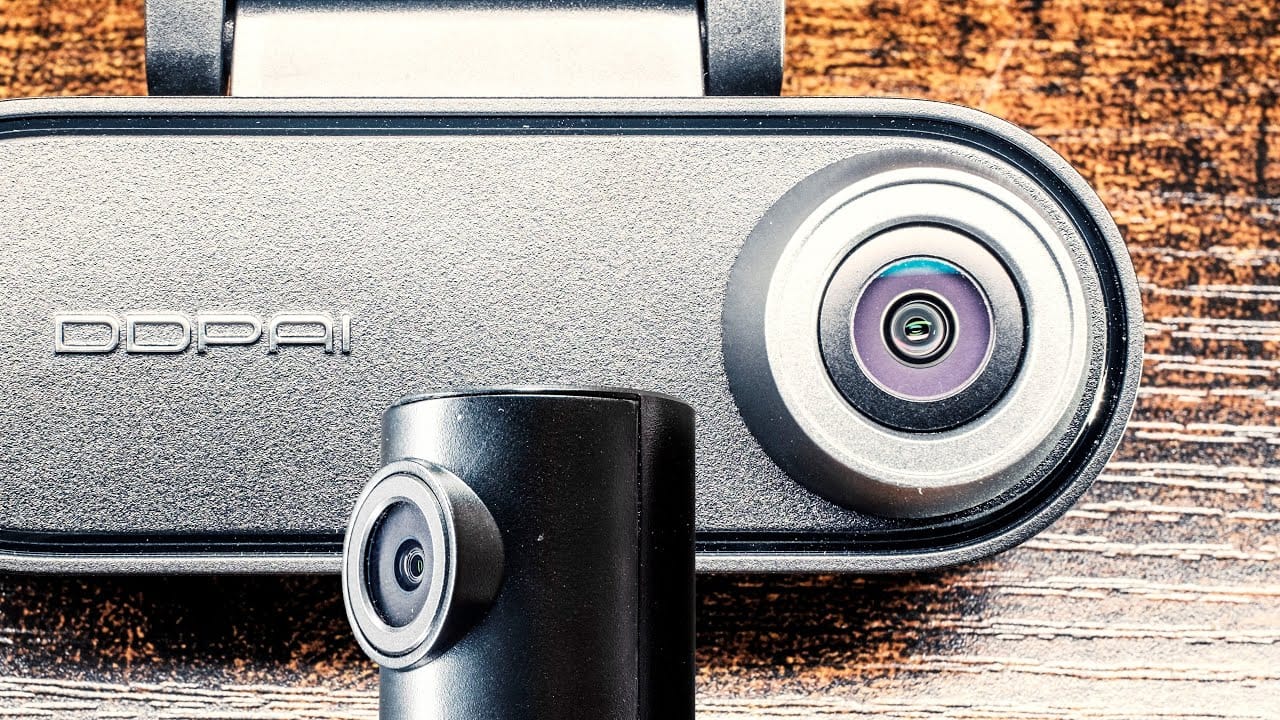On May 25th and 26th was a huge event in Frankfurt: The skyscraper festival. Since Frankfurt has the biggest skyline in Europe the city celebrates that uniqueness with a special festival. Towers you can’t normally visit are open to the public and there are a lot of activities like bungee jumping, climbing etc.
We were hired to shoot some impressions for a local news agency and put together a short video. Because a lot of things were happening up in the sky it made sense to use a telephoto lens for capturing everything properly. I decided to rent the Canon EF 300mm F/2.8 IS II USM. First I thought about using the 100-400mm F/4-5.6 lens because of the great focal length. But then I realized that we also had to capture the fireworks at night and that an aperture of F/5.6 might not be ideal for capturing low light video.
We used the Canon EOS 5D Mark III (thanks to Daniel Weiner from www.danielsfotos.com) as the main camera and the 7D for some shots. For getting good atmospheric sound I decided to use the RØDE VideoMic Pro. Due to the loud noise of cars, music etc. we couldn’t use much of the original captured sound. Another thing that I kept in mind is that it doesn’t make sense to use sound when shooting something that is far away because the mic won’t capture the sound at the position where your focus is. You will only hear the sound that is near the camera! This seems logic but sometimes we forget stuff like that.
The 300mm F/2.8 lens is pretty impressive. It’s big but not too heavy to shoot hand-held for some time. Due to the long focal length and light sensitivity it has a max. aperture of F/32! When I first noticed that I couldn’t believe it. The truth is that I didn’t wanted to shoot wide open because I needed to have certain things in focus and not out of focus. I choose to shoot between F/8 and F/22. I’ve never shot video on a DSLR at F/22 but in this case there was still a bit of shallow depth of field. Filming at F/2.8 in bright daylight would be insane without a professional focus puller! I mostly shot close-ups of people walking around and of course all the stuff that was going on up on the skyscrapers.
Important when using a long lens like this is also that you have a stabile tripod and a good fluid head if you want to get some smooth pans. When panning too fast you might also see the rolling shutter effects so be careful with movement!
Before using this lens for filmmaking you need to know that you can’t put any filters, especially ND filters, in front of the lens. This won’t bother you if you’re using a matte box. Canon gives you the option of inserting a gelatin filter with a size of 52mm inside of the lens. The problem is that you have to cut out a filter in form of a circle and put it inside the filter mount. Other telephoto lenses also have the same feature so be aware of that specialty. The images in photo and video mode are really sharp and in combination with the 5D also very detailed.
The only time we really used the aperture of F/2.8 was for night shots especially the fireworks. For some of the fireworks shots we used the 24-105mm F/4 lens as well. Most of the footage was shot at ISO 800 and F/4.
Is the Canon 300mm F/2.8 lens the right choice for a shoot where you have to capture everything spontaneously? Not exactly: For filming news and documentary I usually always use zoom lenses because you never know what might happen and you don’t want to miss a shot because of changing the lens! Especially if you are under pressure and don’t have much time this isn’t the right lens or let’s say a prime lens isn’t the best choice. The 100-400mm F/3.5-5.6 might have been the better choice for all the shots that needed to be captured quickly. If you are not walking around or doing sports photography this is the right lens for you. The main reason I chose the 300mm over the 100-400mm was the aperture of F/2.8.
We made a behind the scenes video that you can watch below. Sorry for the crappy audio, this was a spontaneous shoot and we didn’t had the proper audio gear around…
Written by Moritz Janisch

